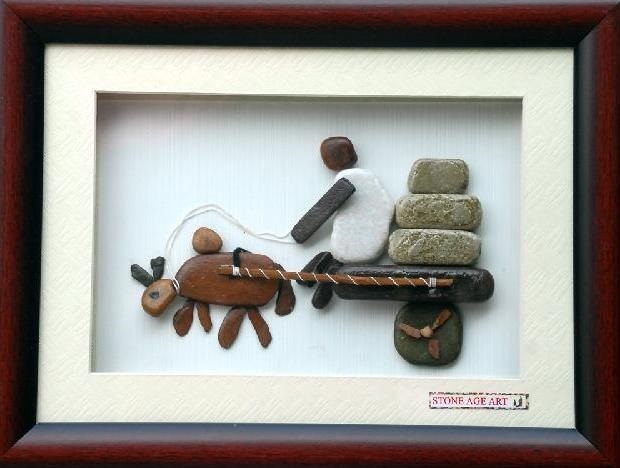
sculpture
Indian sculpture typically forms part of richly diverse art developed over millennia, reflecting the cultural, religious, and historical backgrounds of the Indian subcontinent. There are three main categories: Buddhist, Jain, and Hindu. Every one of these styles has its distinct qualities, topics, and importance; however, they all still have an impact on modern practices.
Hindu Sculpture
Characteristics
With its elaborate details and sacred themes, Hindu sculpture is arguably the most well-known type of Indian sculpture. Using intricate iconography, these Indian sculptures frequently feature Hindu mythological figures like Shiva, Vishnu, and Durga, exhibiting their heavenly qualities. Usually decked out in ornate haircuts, jewelry, and colorful apparel, the figures exude grandeur and spirituality.
Historical Context
Hindu sculpture has a long history, with notable advancements made in the Mauryan (3rd century BCE) and Gupta (4th to 6th century CE) periods. These eras’ Indian sculptures are renowned for their grace and realism. Because of the exceptional degree of craftsmanship attained, the Gupta era in particular is frequently referred to as the “Golden Age” of Indian art.
Contemporary Practice
Hindu Indian sculptures are still widely found in Indian temples today and are frequently incorporated into religious ceremonies. Using the same age-old techniques, the artisans are still producing statues for worship and decoration. During festivals like Ganesh Chaturthi, big clay or plaster idols of Lord Ganesha are prepared and later splashed into the waters in a ceremony. This has not only kept the art form alive but also made it relevant to this generation.
Buddhist Sculpture
Characteristics
Buddha’s life and teachings are the main subjects of Buddhist sculpture. Buddha is frequently seen in the figures in a variety of stances (mudras), each of which represents a distinct part of his teachings, such as teaching or meditation. Comparing the style to Hindu sculptures, it is typically more austere, focussing on calmness and simplicity.
Historical Context
When Buddhism was introduced to India during the Mauryan period, Buddhist sculpture came into being. Using symbols like the lotus or dharma wheel, the earliest representations were aniconic (human figures were absent). But by the first century CE, figurative sculpture gained popularity, especially in areas like Mathura and Gandhara. Due to trade routes, these forms blended elements from Greco-Roman art with indigenous artistic traditions.
Contemporary Practice
Buddhist indian sculptures can now be seen all over Asia in stupas and monasteries. Some of the most important specimens of Buddhist art may be found in India in locations like Sarnath and the Ajanta Caves. Buddha statues are still made by contemporary artists to decorate homes and meditation halls and encourage spiritual practice and mindfulness.
Jain Sculpture
Characteristics
The intricate depictions of Tirthankaras (spiritual instructors) and other significant Jain characters in sculpture are well-known. The statues frequently have elaborate carvings that highlight austerity and non-violence, two key Jain principles. Usually, the figures are shown in a calm, contemplative pose with tranquil faces.
Historical Context
Especially in areas like Gujarat and Rajasthan, Jain sculpture flourished during the mediaeval era (9th to 12th centuries CE). The use of white marble or sandstone and the painstaking attention to detail are what define this art form. One famous example is the magnificent marble carvings seen in the Dilwara Temples atop Mount Abu.
Contemporary Practice
In Jain temples, where they are revered during rites, Jain indian sculptures are still an essential component. Sculptors that represent Jain philosophy and are used for religious purposes are still being produced by contemporary Jain artists. Artists are busier during festivals like Paryushana as worshippers search for new idols to adore.
Conclusion
Within their separate traditions, the three primary Indian sculpture styles—Hindu, Buddhist, and Jain—each have great cultural and spiritual significance. These artistic forms have a long history that dates back thousands of years, yet they are still alive and well now because of the practitioners who continue to use age-old methods while incorporating new ideas.
These artistic forms change together with society, adjusting to contemporary aesthetics without losing sight of their fundamentally spiritual themes. Indian sculptures, whether incorporated into temple construction or used as house décor, never fail to arouse respect and admiration for their exquisite beauty and skill. This ongoing legacy promotes a broader knowledge of India’s diverse cultural landscape in addition to safeguarding the country’s rich artistic heritage.


